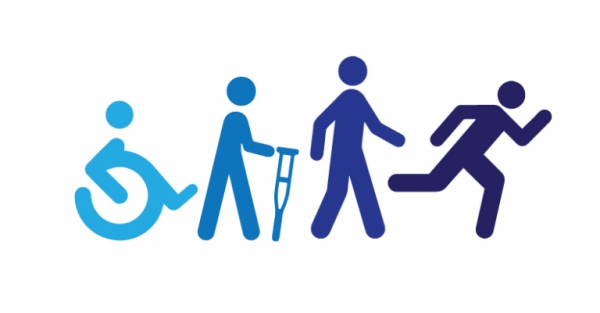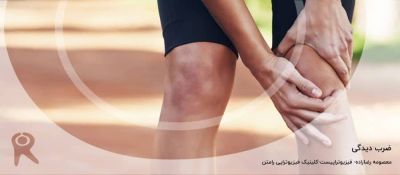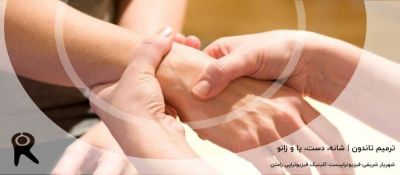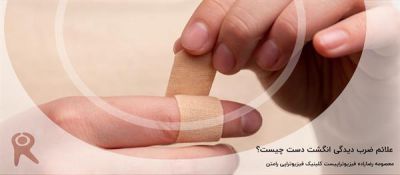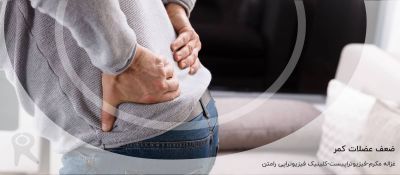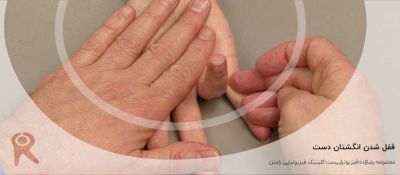It is a flexible method of treatment which can be used in conjunction with positioning and adapted for use with most patients. Each component can be used individually or as part of the ACBT cycle depending on the patient's problem. Once ACBT has been taught, the patient can be encouraged to use it independently.
- Loosen and clear secretions from the lungs.
- Improve ventilation in the lungs.
- Improve the effectiveness of a cough.
ACBT consists of three main phases:
- Breathing Control
- Deep Breathing Exercises or Thoracic Expansion Exercises
- Huffing or Forced Expiratory Technique (FET)
Additionally, a manual technique (MT) or positive pressure can be added if and when indicated, to create a more complex cycle to help improve removal of secretions on the lungs. this may include percussion or expiratory vibrations.
A randomised control trial showed positive effects of active cyclic breathing technique along with routine chest physiotherapy on arterial oxygenation, heart rate, and pain perception following Coronary Artery Bypass Surgery (CABG).
Breathing Control
Breathing control is used to relax the airways and relieve the symptoms of wheezing and tightness which normally occur after coughing or breathlessness. Encouraging the patient to close their eyes while performing breathing control can also be beneficial in helping to promote relaxation. It is very important to use breathing control in between the more active exercises of ACBT as it allows for relaxation of the airways.
Breathing Control can also help when one is experiencing shortness of breath, fear, anxiety or is in a panic. The length of time spent performing breathing control may vary depending on how breathless the patient feels.
When using this technique with a patient as part of the ACBT, the patient may be instructed to usually take 6 breaths.
Instructions to patient:
- Breathe in and out gently through your nose if you can. If you cannot, breathe through your mouth instead.
- If you breathe out through your mouth, it's best to use breathing control with ‘pursed lips breathing’.
- Try to let go of any tension in your body with each breath out and keep your shoulders relaxed.
- Gradually try to make the breaths slower.
- Try closing your eyes to help you to focus on your breathing and to relax.
- Breathing control should continue until the person feels ready to progress to the other stages in the cycle.
Deep Breathing Exercises or Thoracic Expansion Exercises
Deep breathing/thoracic expansion exercises are deep breathing exercises that focus on inspiration and help to loosen secretions on the lungs.
Instructions to patient:
- Try to keep your chest and shoulders relaxed.
- Take a long, slow and deep breath in, through your nose if you can.
- At the end of the breath in, hold the air in your lungs for 2-3 seconds before breathing out (this is known as an inspiratory hold)
- Breathe out gently and relaxed, like a sigh. Don’t force the air out.
- Repeat 3 – 5 times. If the patient feels light-headed then it is important that they revert back to the breathing control phase of the cycle.
To facilitate a maximal inspiration, proprioceptive feedback, with the therapist, or patient, placing their hands on the thoracic cage, can be beneficial. This has been associated with increased chest wall movement and improved ventilation.
Huffing or Forced Expiratory Technique
This is a manoeuvre used to move secretions, mobilised by deep breathing/thoracic expansion exercises, downstream towards the mouth. A huff is exhaling through an open mouth and throat instead of coughing. Huffing helps moves sputum from the small airways to the larger airways, from where they are removed by coughing as coughing alone can not remove sputum from small airways.
There are two types of huff:
Medium Volume Huff
This helps to move secretions that are lower down in your airways.
Take a normal-sized breath in and then an active, long breath out until your lungs feel quite empty. Imagine you are trying to steam up a mirror.
High Volume Huff
This helps to move secretions in your upper airways.
Take a deep breath in, open your mouth wide and huff out quickly.
Only perform 1-2 huffs together, as repeatedly huffing can make your chest tight.
Listen for crackles when you huff, If you can hear these, you may now need to cough and clear secretions; try to spit them out into a tissue or a sputum bowl. Try to avoid excessive coughing as this may reduce how effective the technique is and make it excessively tiring.
Repeat the whole cycle for about 10 minutes or until the chest feels clearer.
Small long huffs move sputum from low down into chest whereas big short huffs moves sputum from higher up into chest, so use this huff when it feels ready to come out, but not before; huffs work via dynamic compression.
Coughing
Coughing should be incorporated if huffing alone does not clear your sputum. However, if it does clear your sputum, then you may not need to cough.
It is very important to avoid long bouts of coughing as these can be very tiring and may make you feel breathless, or make your throat or chest sore or tight. You should only cough if the sputum can be cleared easily, if not, return to the beginning of the cycle.
Indications
- Post surgical /pain (rib fracture/ICC).
- Chronic increased sputum production e.g in Chronic bronchitis, cystic fibrosis.
- Acute increase sputum production.
- Poor expansion.
- Sputum Retention.
- SOBAR/SOBOE.
- Cystic Fibrosis.
- Bronchiectasis.
- Atelectasis.
- Respiratory muscle weakness.
- Mechanical ventilation.
- Asthma.
- Increased breathing rate/effort
- Audible rattling in airways
- Palpable secretions
Precaution
It is important to constantly assess for dizziness or increased shortness of breath throughout ACBT. If a patient feels dizzy during deep breathing, decrease the number of deep breaths taken during each cycle and return to breathing control to reduce dizziness.
- Inadequate pain control where needed
- Bronchospasm
- Acute, unstable head, neck or spinal surgery
Contraindications
- Patients not spontaneously breathing
- Unconscious patient
- Patients who are unable to follow instructions
- Agitated or confused
Positioning
ACBT can be performed in sitting or in a postural drainage position. Initially you could start in a sitting position until you are comfortable and confident to try different ones. Extensive evidence supports its effectiveness in sitting or gravity assisted positions. Although, the best position for you to do the ACBT in will depend on your medical condition and how well it works for you. When in sitting, maintain a good breathing pattern with relaxed shoulders and neck. Whatever position you use make sure you are comfortable, well supported and relaxed.
The ACBT may be performed with or without an assistant providing vibration, percussion and shaking. Self percussion/compression may be included by the patient.
Duration and Frequency
Duration for ACBT should be for about 10 minutes and ideally until your chest feels clear of sputum.
You may need to do ACBT only once or twice a day when you are well. When you have more sputum, you may need to do it more often. When you are unwell or have more sputum, you may need to do shorter and/ or more frequent sessions.
Possible side effects
- Bronchospasm with hyper-reactive airways
- Reduced oxygen saturations/ shortness of breath
- Cardiac arrhythmias
- Atelectasis
- Fatigue

